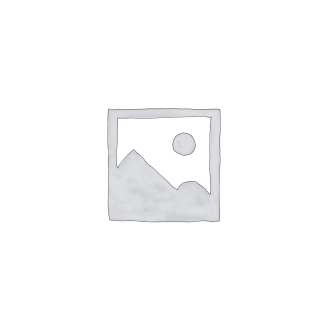PLATO.
Opera quae extant omnia.
[Geneva], Henri Estienne, 1578.£11,500.00
FIRST COMPLETE EDITION, folio, 3 vols., pp (xxxvi) 542 : (viii) 992 : (viii) 416, 139 (i). Greek and Roman letter, double column, smaller printed side notes. Printer’s woodcut device within ornate woodcut border on first title, woodcut ornament on others, fine large floriated and grotesque woodcut initials, head and tail pieces. Light water stain to lower outer blank corner of vol I, slight soiling to some of vol II, very good, clean, wide-margined copies in C18 polished calf, blind dentelles to edges, attractively re-backed, spines gilt.
A handsome set of the single most influential edition of the works of Plato, apart from all of Estienne’s scholarly apparatus the text is laid out as a modern book, with chapters and paragraphs, for the first time, a layout followed by all subsequent editions. The completely new Latin translation by Jean de Serres appears here for the first time.
The ‘Celebrated and magnificent’ (Dibdin) first complete edition of the first published and probably foremost work of philosophy of the ancient world, ‘it has been truly said that the germs of all ideas can be found in Plato’ P.M.M. cit inf. It was also by far the best edition until modern times as well as the first edition of the translation of Jean de Serres and of many of the glosses and scholia. All subsequent editions in fact derive from it. By Renaissance standards Plato was a best seller: his two dominant themes, the quest for the truth and for human improvement held enormous appeal for the nearly modern mind. This edition was also responsible, with the Thesaurus Grecae, for its editor’s Henri Estienne’s reputation as one of the great literary and scholarly figures of the C16 – the preparation of the Greek text for which this edition is above all valued was entirely his work. This copy is complete with the dedications to Elizabeth I, James VI and the Canton of Berne – their absence is the work’s most common defect.
“For two centuries [Estienne’s edition] remained the indispensable instrument of Platonic studies: to this day its pagination is universally accepted as the standard system of reference to the text of Plato… For the translation Estienne discarded the old standard Latin version by Fincino, and commissioned an entirely new one by John de Serres… Of all Henri Estienne’s publications the Plato is perhaps the most lavishly decorated… it is the only publication in which Estienne used his entire series of decorative headpieces, numerous woodcut initials, culs-de-lampe, and a striking elaborate title-device specially designed for this edition and making its only appearance here…” Schreiber.
The annotations in the volume are almost certainly those of a contemporary scholar, and are in Latin Greek and French. Unfortunately what is probably his manuscript ex-libris on the title has been effaced.
Renouard 145:1, \'cette édition a toujours été en grande estime...les beaux exemplaires sont rares.\' Brunet IV 695 \'Belle édition, plus recherchée pour son texte et pour les notes de H. Estienne...les exemplaires...se rencontrent difficilement bien conservés.\' Dibdin II \'This work has long been considered as a very valuable acquisition to the libraries of the learned, and for its its magnificence and variety of critical material must be always held in estimation.’ Printing and The Mind of Man 27 (1st edn.). Schreiber 201. Adams P 1468

